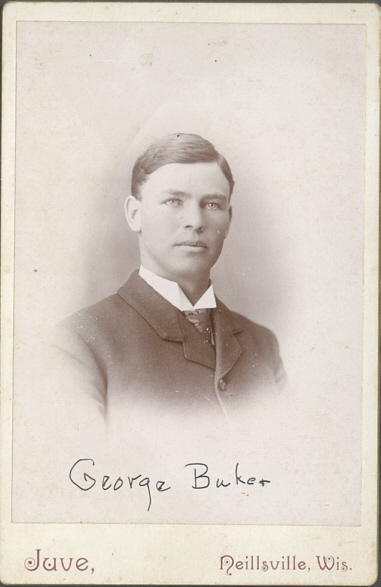
Both scholars directed me to significant research materials I had overlooked. Also, I must acknowledge the aid of two doctoral candidates, Canter Brown, Jr., of the University of Florida, and David Coles of Florida State University. Civil War: The Squadron’s EmblazonmentĮARLY ON THEODORE ROPP, professor emeritus, Duke University, offered suggestions that sharpened the focus of this book, for which I am grateful. Second Infantry Regiment, United States Colored Troopsġ4. United States History-Civil War, 1861–1865-Naval operations. Florida-History-Civil War, 1861-1865-Naval operations. United States-History-Civil War, 1861–1865-Blockades.

Gulf Coast (Fla.)-History, Naval-19th century. Florida-History-Civil War, 1861–1865-Blockades. Tuscaloosa: University of Alabama Press, c1993. Originally published: Blockaders, refugees & contrabands. Library of Congress Cataloging-in-Publication Dataīlockaders, refugees, and contrabands: Civil War on Florida’s Gulf Coast, 1861–1865 / George E. The paper on which this book is printed meets the minimum requirements of American National Standard for Information Science-Permanence of Paper for Printed Library Materials, ANSI Z39.48-1984.Ĭover illustration is the Destruction of Rebel Schnooners off Homosassa River, Florida (from Harper’s Weekly, May 21, 1964, courtesy of Hoole Special Collections Library, The University of Alabama).

Manufactured in the United States of America Buker’s Blockaders, Refugees, and Contrabands is such a book."ĬIVIL WAR ON FLORIDA’S GULF COAST, 1861–1865

"The proliferation of publications concerning the American Civil War occasionally produces one that really contributes to our understanding of that conflict. Florida Unionists, antiwar natives, and runaway slaves flocked to these Federal warships to seek protection and quickly became a source of manpower for their crews as well as for land forces." Since the state's long coastlines made it a ready target for a naval cordon, its commercial life suffered beginning in 1861 and deteriorated even further as the war progressed despite the efforts of blockade runners.

" argues that the presence of Union sailors and their extensive contacts ashore did serious damage to home-front morale and retarded Florida's value as a component of the rebel war machine. Chronicles the role of the East Gulf Blockading Squadron as an important Federal contingent in Florida.


 0 kommentar(er)
0 kommentar(er)
